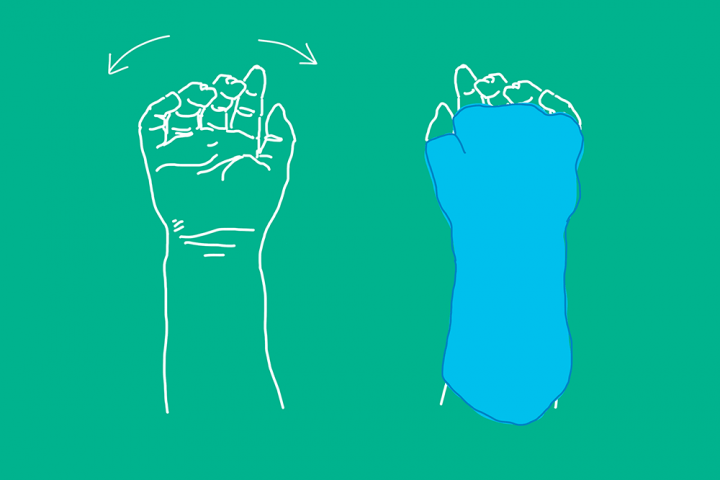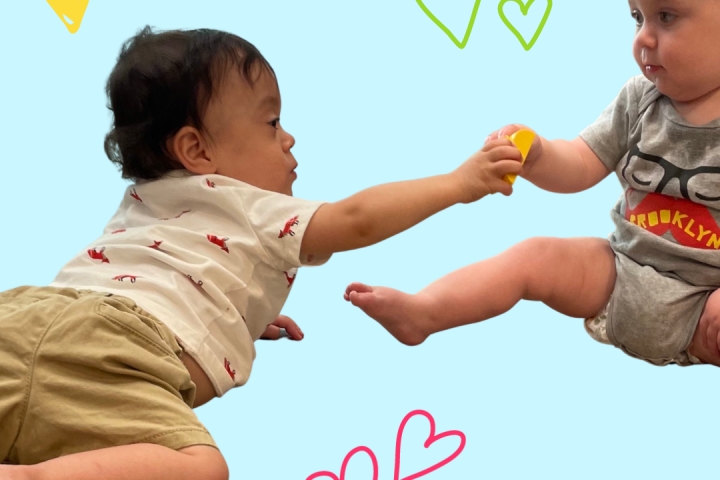
Hand function is affected in more than 60% of individuals with cerebral palsy to some degree.
In milder types of cerebral palsy, this may only mean a little bit of weakness in hands and fingers. In more severe cases, people may not be able to adequately use one of both of their hands. Treatments targeting upper limb function aim to improve functional abilities, promote functional independence, and/or reduce muscle tone.
-
Expert Videos
What is Constraint Induced Movement Therapy? Upper limb therapies and interventions have been well studied in cerebral palsy. Different interventions that have good evidence are Constraint Induced Movement Therapy (CIMT) and Bimanual Therapy....
-
CPF Live
CPF LIVE! with Lorene Janowski: OT at Home CPF Executive Director Rachel Byrne and occupational therapist Lorene Janowski discuss OT at home.
-
On-Going Recruiting Infants 4-13 months old to help develop arm and hand function! Multi-center study now recruiting infants and toddlers to help develop arm and hand function.
Hand function is affected in more than 60% of individuals with cerebral palsy to some degree.



